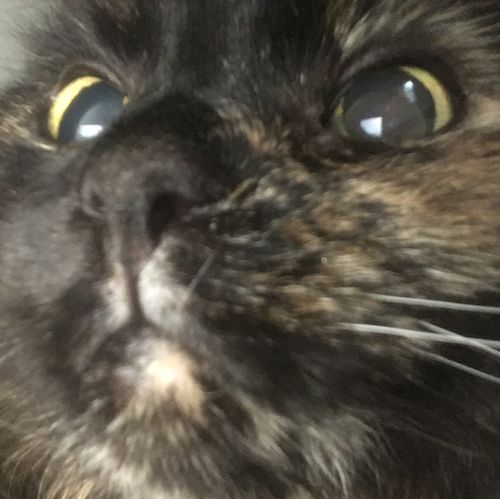Hillslope Processes
Hillslope processes in landscape evolution models are simulated using a hillslope diffusion model. $$\frac{\partial \eta}{\partial t} = D\nabla^2\eta,$$ where $\eta$ is elevation, $t$ is time, and $D$ is a hillslope diffusion coefficient. It models soil movement via:
- rainsplash
- bioturbation
- freeze-thaw processes
- creep
- agricultural tillage
What is $\nabla^2\eta$? It is a symbol that represents the sum of second derivatives in the x and y direction, i.e., $\nabla^2\eta = \left(\frac{\partial^2\eta}{\partial x^2}\right) + \left(\frac{\partial^2\eta}{\partial y^2}\right)$. Remember from your calculus class that the 2nd derivative represents the slope of slope? We call $\nabla^2\eta$, topographic curvature.
Local Hillslope Diffusion Model
 High $\eta$
High $\eta$Instructions:
- Move the circle and click to drive hillslope diffusion on the landscape.
- Use the slider above to change the size of the circle.
